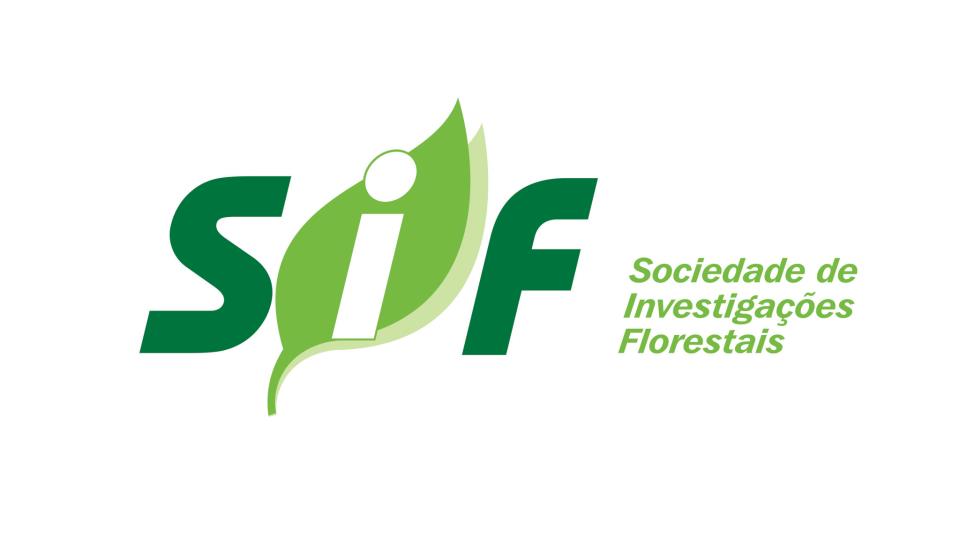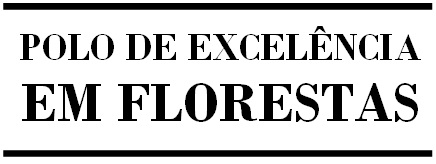Biblioteca Florestal
Digital
Digital
Produção de serapilheira e retorno de macronutrientes em três grupos florísticos de uma floresta ombrófila mista, RS

JavaScript is disabled for your browser. Some features of this site may not work without it.
| dc.contributor.author | Longhi, Régis Villanova | |
| dc.contributor.author | Longhi, Solon Jonas | |
| dc.contributor.author | Chami, Luciane Belmonte | |
| dc.contributor.author | Watzlawick, Luciano Farinha | |
| dc.contributor.author | Ebling, Angelo Augusto | |
| dc.date.accessioned | 2014-09-03T12:15:31Z | |
| dc.date.available | 2014-09-03T12:15:31Z | |
| dc.date.issued | 2011-10 | |
| dc.identifier.citation | LONGHI, R. V. et al. Produção de serapilheira e retorno de macronutrientes em três grupos florísticos de uma floresta ombrófila mista, RS. Ciência Florestal, Santa Maria, v. 21, n. 4, p. 699-710, out./dez. 2011. | pt_BR |
| dc.identifier.issn | 0103-9954 | |
| dc.identifier.uri | http://www.bibliotecaflorestal.ufv.br/handle/123456789/10559 | |
| dc.description.abstract | O objetivo do presente estudo foi avaliar a produção de serapilheira e o retorno de macronutrientes em três grupos florísticos, ocorrentes na Floresta Ombrófila Mista, localizada na FLONA de São Francisco de Paula, RS. Para isso, utilizou-se três conglomerados permanentes de 1 ha (100 x 100m) cada, onde a vegetação foi previamente classificada, por análise de agrupamento, em três distintos grupos florísticos: GF1 – Floresta Secundária de Encosta; GF2 – Floresta Ombrófila Mista Típica; e GF3 – Floresta de Locais Úmidos. Para a coleta dos dados foram distribuídos, sistematicamente, 16 coletores de serapilheira de 1m2 de área, por grupo florístico. O material, recolhido mensalmente durante um ano, foi separado nas seguintes frações: folhas de folhosas, grimpas, galhos, miscelânea e sementes. Para a análise química dos macronutrientes – nitrogênio (N), fósforo (P), potássio (K), cálcio (Ca), magnésio (Mg) e enxofre (S) – contidos na serapilheira depositada, foram considerados os grupos florísticos, as frações e as estações climáticas. A produção anual de serapilheira foi de 8.354,4 kg.ha-1, 7.927,5 kg.ha-1 e 7.017,8 kg.ha-1 nos grupos GF2, GF1 e GF3, respectivamente. Nos grupos GF1 e GF3, a primavera foi a estação que apresentou a maior deposição, seguida pelo verão, inverno e outono. O GF2 apresentou maior deposição no verão, seguido da primavera, outono e inverno. As frações folhas de folhosas e grimpas constituíram no principal componente, respondendo também pelo maior retorno de macronutrientes. O retorno total estimado de macronutrientes foi de 358,57 kg.ha-1.ano-1, 284,25 kg.ha-1.ano-1 e 256,80 kg.ha-1.ano-1 para os grupos GF2, GF3 e GF1, respectivamente. A ordem da transferência dos macronutrientes presentes na serapilheira depositada foi: N>Ca>K>Mg>S>P, para os grupos GF1 e GF2; e Ca>N>K>Mg>S>P, para o GF3. | pt_BR |
| dc.description.abstract | The aim of the current study was to evaluate the production of litter and the return of macronutrients in three floristic groups which occur in the Araucaria Forest, located in the National Forest of São Francisco de Paula, RS state. For this purpose, we selected three permanent conglomerates of 1ha (100x 100m) each one, where the vegetation was previously classified, by cluster analysis, in three different floristic groups: FG1 – hillside environment; FG2 – typical araucaria forest; and FG3- humid environment. For litter fall collection, 16 litter traps of 1m2 of area were distributed, systematically, by floristic group. The material was collected monthly during one year and separated in the following fractions: leaves, araucaria needles, branches, miscellaneous and seeds. For the chemical analysis of the macronutrients – nitrogen (N), phosphorus (P), potassium (K), calcium (Ca), magnesium (Mg) and sulfur (S) – returned in litter, we considered the floristic groups, the fractions and the climatic seasons. The annual production of litter was 8.354,4 kg.ha-1.yr-1, 7.929,5 kg.ha-1.yr-1 and kg.ha-1.yr-1 in the groups FG2, FG1 and FG3, respectively. For the FG1 and FG3 groups, spring was the season that presented the highest litter deposition, followed by summer, winter and autumn. The FG2 group showed the highest litter deposition in summer, followed by spring, autumn and winter. The fractions of leaves and araucaria needles formed the main litter component, responding also by a higher return of macronutrients. The estimated litter return of macronutrients were of 358,57 kg.ha-1.yr-1 and 256,80 kg.ha-1.yr-1 for the groups FG2, FG3 and FG1, respectively. The order of transference of those macronutrients present in the deposited litter was: N>Ca>K>Mg>S>P, for the groups FG1 and FG2; and Ca>N> K>Mg>S>P, for the GF3. | pt_BR |
| dc.format | 12 páginas | pt_BR |
| dc.language.iso | pt_BR | pt_BR |
| dc.publisher | Universidade Federal de Santa Maria | pt_BR |
| dc.relation.ispartofseries | Ciência Florestal:v.21,n.4; | |
| dc.subject.classification | Ciências Florestais::Silvicultura::Solos e nutrição florestal | pt_BR |
| dc.subject.classification | Ciências Florestais::Meio ambiente::Ecologia e ecossistemas florestais | pt_BR |
| dc.title | Produção de serapilheira e retorno de macronutrientes em três grupos florísticos de uma floresta ombrófila mista, RS | pt_BR |
| dc.title | Litter production and macronutrients return in three floristic groups of an araucaria forest, RS state | pt_BR |
| dc.type | Artigo | pt_BR |
Arquivos deste item
| Arquivos | Tamanho | Formato | Visualização | Descrição |
|---|---|---|---|---|
| Ciência_Florestal_v21_n4_p699-710_2011.pdf | 582.9Kb |

|
Visualizar/ |
Artigo |





